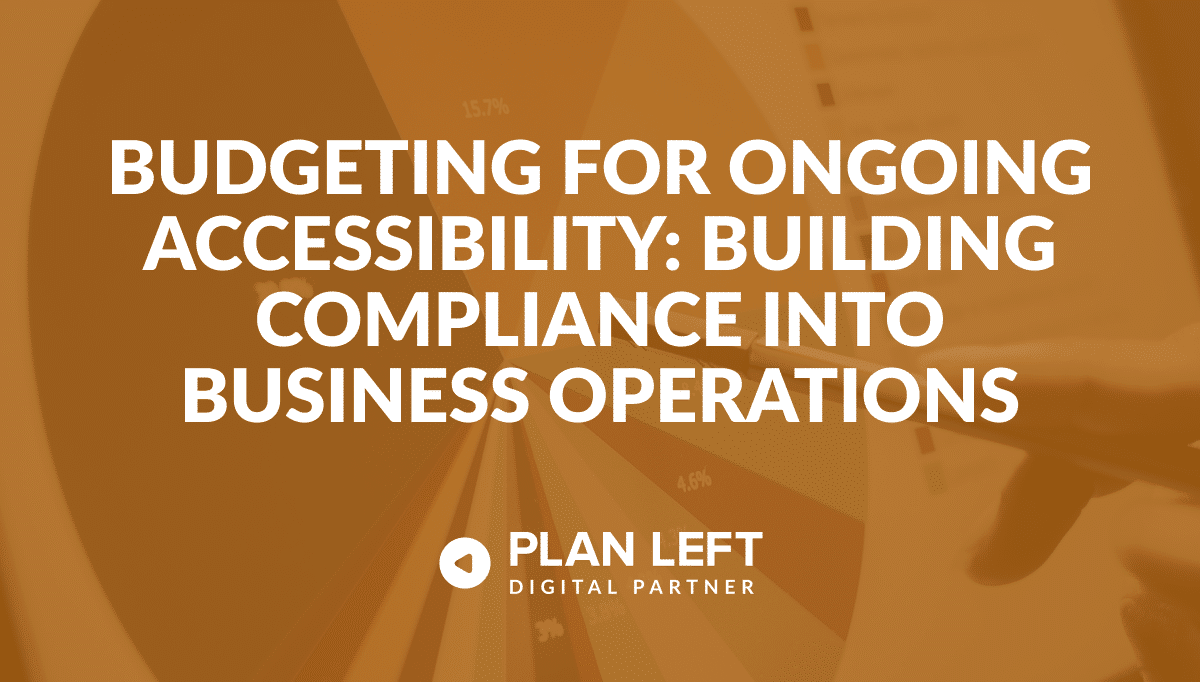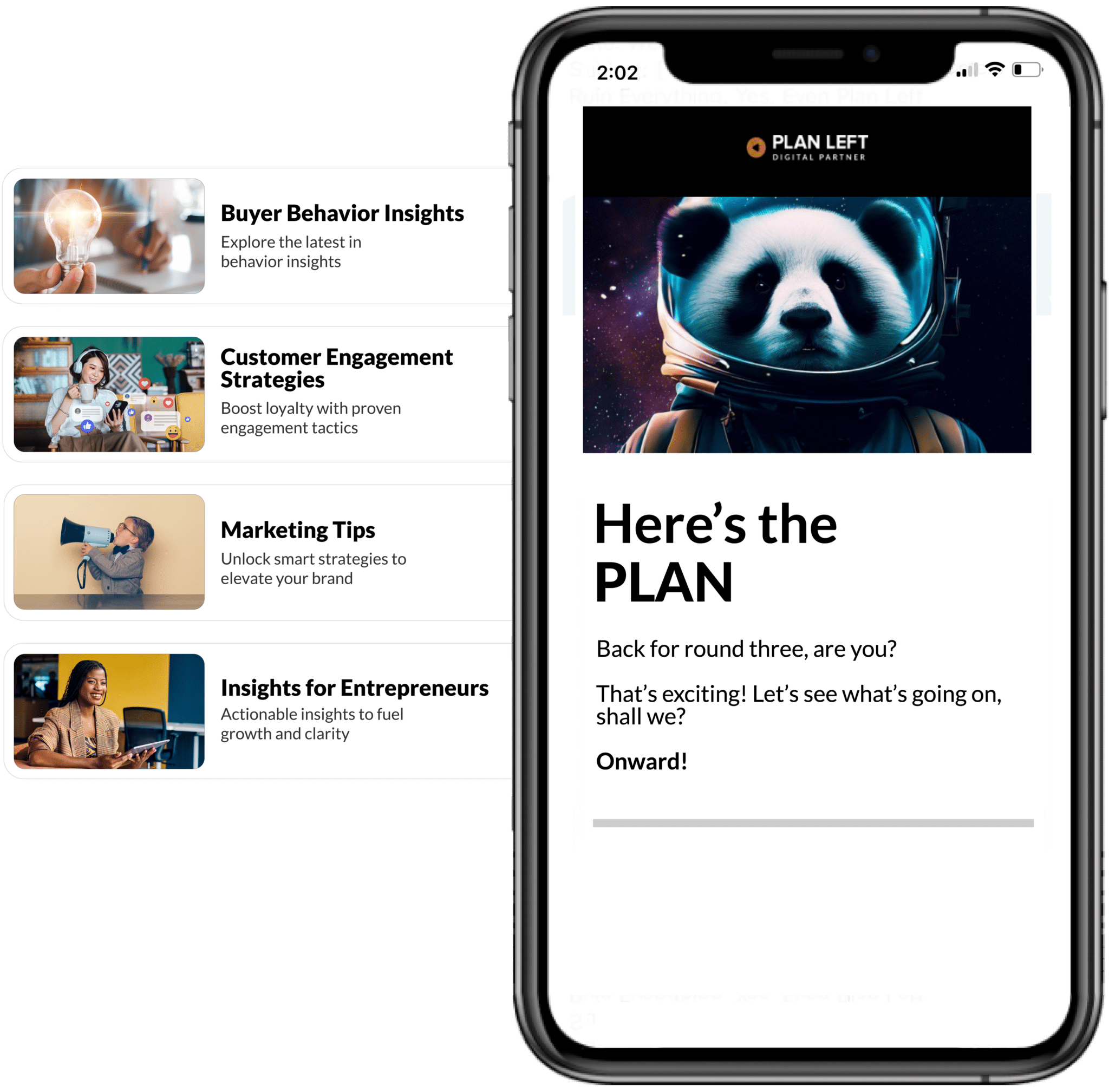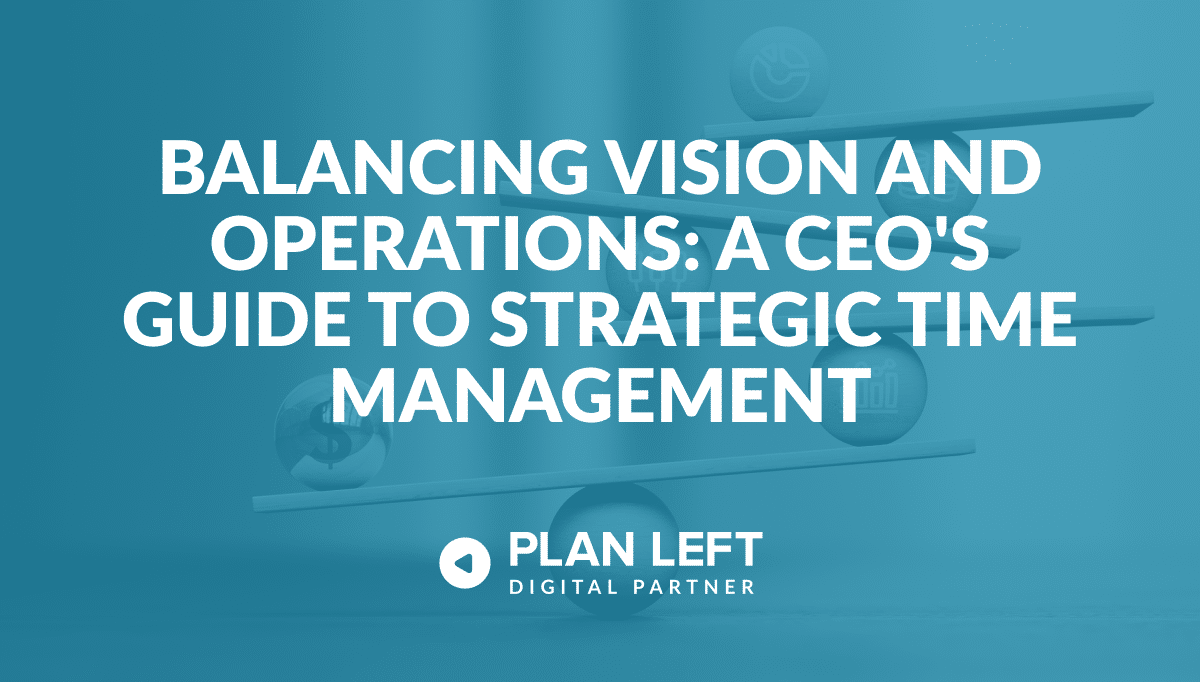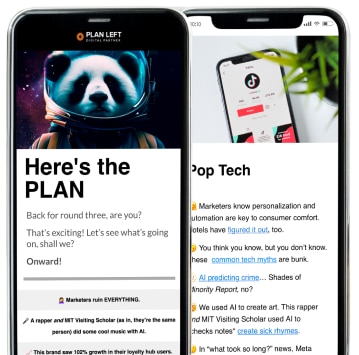
When business leaders receive their first accessibility compliance notice, the immediate reaction is often sticker shock. However, forward-thinking organizations are discovering that strategic accessibility budgeting transforms what appears to be a regulatory burden into a powerful engine for growth and innovation.
The Financial Landscape of Digital Accessibility
The economic impact of accessibility extends far beyond compliance checkboxes. Organizations that embrace digital inclusion investment tap into a market of over 1.3 billion people worldwide who experience some form of disability—representing approximately $13 trillion in annual disposable income.
The Cost of Non-Compliance
Legal settlements related to digital accessibility have reached into the millions, with cases increasing year over year. Beyond direct legal costs, organizations face significant risks:
- Reputational damage
- Lost customer opportunities
- Missed market expansion potential
- Potential six-figure legal settlements
- Ongoing compliance expenses
Strategic Budgeting Approaches
Developing a comprehensive accessibility budget requires moving beyond one-time fixes to sustainable, ongoing investment. Smart organizations approach accessibility budgeting with the same strategic thinking they apply to cybersecurity or data privacy.
Multi-Year Financial Planning
Effective accessibility budgeting involves spreading investments across fiscal years, allowing for thorough implementation and staff training. This approach enables better vendor negotiations and more strategic technology decisions.
Cost Breakdown of Accessibility Initiatives
Investment Categories
Organizations typically allocate budgets across key areas:
- Technology and Infrastructure
- Accessibility testing tools
- Assistive technology for testing
- Content management system upgrades
- Development frameworks supporting accessible design
- Training and Awareness
- Inclusive design training for designers
- Technical implementation skills for developers
- Accessible content creation for writers
- Specialized testing knowledge for QA teams
Ongoing Validation and Improvement
Continuous testing and validation represent an essential budget category. This includes:
- Manual testing by users with disabilities
- Regular accessibility audits
- Staying current with WCAG updates
- Monitoring emerging assistive technologies
- Refining internal processes based on user feedback
ROI and Value Creation
Measuring Financial Benefits
Organizations discover that accessibility investments create value beyond simple cost savings:
- Expanded market reach
- Improved user experience for all users
- Reduced legal risks
- Enhanced brand reputation
- Internal efficiency gains
Innovative Funding Models
Strategic Implementation Approaches
Successful organizations use creative strategies to manage accessibility budgeting:
- Phased implementation of improvements
- Cross-departmental budget allocation
- Exploring external funding opportunities
- Cost-sharing with industry partners
Accessibility as a Strategic Financial Investment
The most successful accessibility programs transform compliance requirements into competitive advantages. Organizations that view accessibility budgeting as a strategic investment rather than a regulatory overhead consistently outperform competitors in customer satisfaction, employee engagement, and market growth.
The time for reactive accessibility budgeting has passed. Organizations that integrate digital inclusion investment into their strategic planning processes will find themselves better positioned for sustainable growth in an increasingly inclusive marketplace. The question isn’t whether to budget for accessibility—it’s how to budget strategically to maximize both compliance and competitive advantage.
Explore Latest Posts
The constant tug-of-war between strategic vision and operational demands defines the modern CEO experience. While your company's future depends on ... read more
December 4, 2025
Your revolutionary product could change industries, but if you can't explain it clearly, it might never reach the people who ... read more
December 2, 2025
The war for tech talent has never been more intense. While established giants throw around seven-figure compensation packages and startups ... read more
November 27, 2025
Essential Strategies for Entrepreneurs
Get Actionable Business Insights & Marketing Tips
Our newsletter delivers real-world strategies from entrepreneurs who’ve been exactly where you are.
Sign up now for:
- Actionable growth strategies that work
- Insider tactics for attracting top talent
- Real-world case studies from successful founders
- Emerging tech trends that drive innovation
- Pragmatic marketing approaches for visionary leaders




